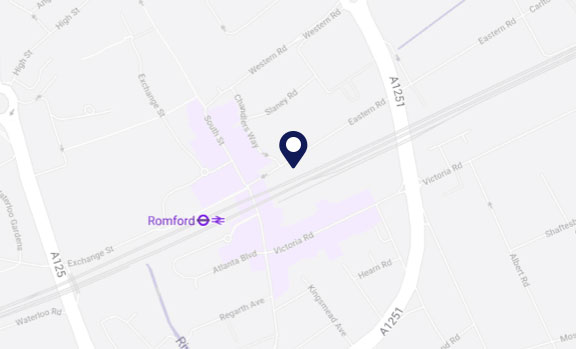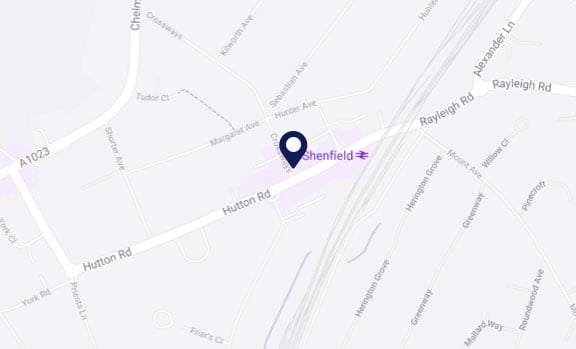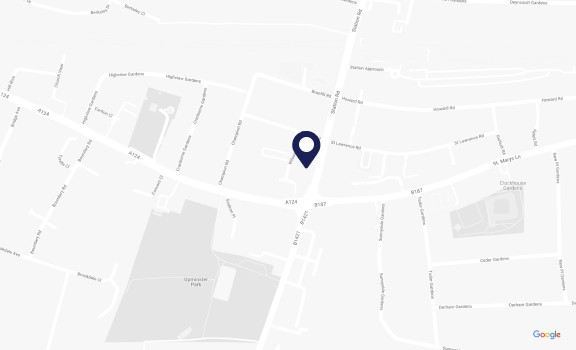Firstly, an amicable resolution with your neighbour is preferable. See if you can approach them and see if the location of the boundary line can be determined and agreed between you, then that can then be reflected in a boundary agreement, a copy of which both you and your neighbour can hold. Secondly, if that doesn’t prove possible, you can then approach a solicitor. A solicitor may write to your neighbour directly or their appointed solicitor, and again, see if an amicable resolution can be found. Unfortunately, if that doesn’t happen, it may be the case that you instruct a boundary surveyor. The instruction of a surveyor can either be single joint, i.e. that you and your neighbour will agree to instruct the same surveyor, and generally share the cost of this instruction. Alternatively, if your neighbour cannot agree with this, you can instruct your own boundary surveyor and sometimes thereafter provide your neighbour with a copy of the drawing that the surveyor produces and see if they’re agreeable with this. If neither of those prove possible, it may be that you then proceed to court and have the boundary determined by a judge. Another way in which you can solve a boundary dispute is by making a determined boundary application to the land registry, which again ask that the land registry, sometimes at a tribunal, will determine the correct location of the boundary, and your neighbour can also engage in that process, either agreeing with the proposed boundary line or opposing this, which would then be resolved at the Land Tribunal.










